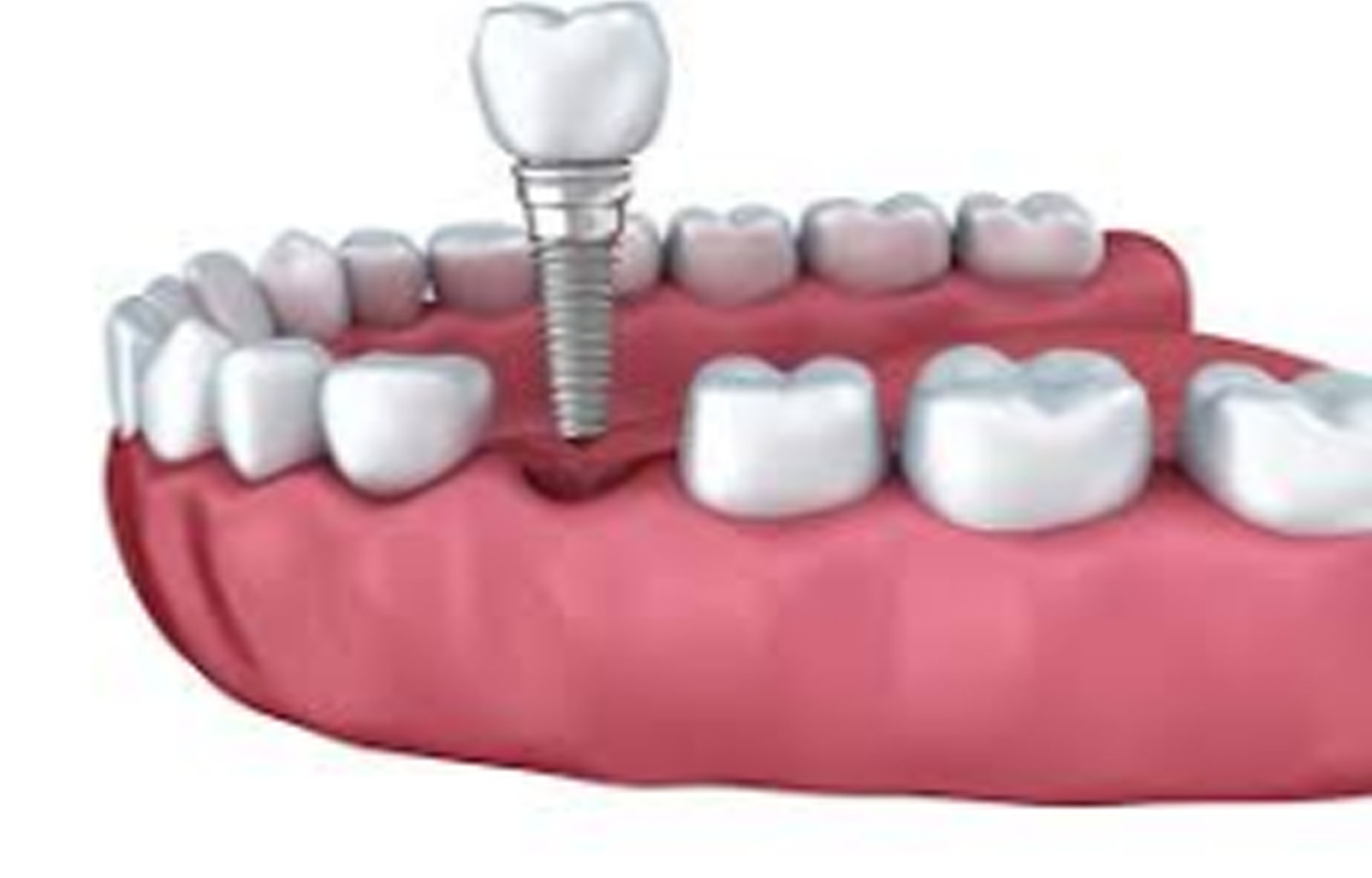- Home
- Medical news & Guidelines
- Anesthesiology
- Cardiology and CTVS
- Critical Care
- Dentistry
- Dermatology
- Diabetes and Endocrinology
- ENT
- Gastroenterology
- Medicine
- Nephrology
- Neurology
- Obstretics-Gynaecology
- Oncology
- Ophthalmology
- Orthopaedics
- Pediatrics-Neonatology
- Psychiatry
- Pulmonology
- Radiology
- Surgery
- Urology
- Laboratory Medicine
- Diet
- Nursing
- Paramedical
- Physiotherapy
- Health news
- Fact Check
- Bone Health Fact Check
- Brain Health Fact Check
- Cancer Related Fact Check
- Child Care Fact Check
- Dental and oral health fact check
- Diabetes and metabolic health fact check
- Diet and Nutrition Fact Check
- Eye and ENT Care Fact Check
- Fitness fact check
- Gut health fact check
- Heart health fact check
- Kidney health fact check
- Medical education fact check
- Men's health fact check
- Respiratory fact check
- Skin and hair care fact check
- Vaccine and Immunization fact check
- Women's health fact check
- AYUSH
- State News
- Andaman and Nicobar Islands
- Andhra Pradesh
- Arunachal Pradesh
- Assam
- Bihar
- Chandigarh
- Chattisgarh
- Dadra and Nagar Haveli
- Daman and Diu
- Delhi
- Goa
- Gujarat
- Haryana
- Himachal Pradesh
- Jammu & Kashmir
- Jharkhand
- Karnataka
- Kerala
- Ladakh
- Lakshadweep
- Madhya Pradesh
- Maharashtra
- Manipur
- Meghalaya
- Mizoram
- Nagaland
- Odisha
- Puducherry
- Punjab
- Rajasthan
- Sikkim
- Tamil Nadu
- Telangana
- Tripura
- Uttar Pradesh
- Uttrakhand
- West Bengal
- Medical Education
- Industry
Dental implant surfaces play major role in tissue attachment, warding off unwanted bacteria: Study

BUFFALO, N.Y. - When dental implants are inserted, saliva or blood plasma immediately coat them. The implants adsorb a thin layer of proteins from these fluids that help gum tissue attach, but also allow microorganisms - including potentially harmful bacteria - to grow on the implant surface.
The surface of implants, as well as other medical devices, plays a significant role in the adsorption of oral proteins and the colonization by unwanted microorganisms (a process known as biofouling), according to a new study led by the University at Buffalo and the University of Regensburg.
The research, published in the Journal of Dental Research, sought to increase scientists' understanding of this complex biological process by examining the makeup of the oral protein layer and how it can be controlled by chemically modifying the biomaterial surface. The findings lay the groundwork for improving the success of medical and dental implants, says co-lead investigator Stefan Ruhl, DDS, PhD, professor of oral biology in the UB School of Dental Medicine.
"It is often this protein layer, rather than the biomaterial surface, that is encountered by colonizing bacteria or attaching tissue cells. These proteins help determine the biological or pathological consequences that result in either long-term survival of the implant or its failure along with irreversible damage to the surrounding tissues from infection," says Ruhl. "Therefore, it is important to determine how adsorption might be controlled through chemical modification of the biomaterial surface to achieve a desired outcome."
The study was also co-led by Rainer Müller, PhD, professor at the Institute of Physical and Theoretical Chemistry at the University of Regensburg.
Using silica beads designed in Müller's lab with various chemically modified surfaces, the researchers found that the adsorption of proteins from blood plasma is more influenced by the amount of protein adsorbed than by the composition of the protein layer.
However, the adsorption of proteins from saliva was directly impacted by the biomaterial's surface. Adsorption was lower on surfaces that had a negative electric charge or that repelled water, countering the findings of previous studies.
When examining complex biofluids such as saliva and blood, adsorption became unpredictable for the majority of proteins, says Ruhl.
"The interaction between the proteins contained in the biofluids may play an important, but still little understood, role in adsorption processes," says Müller. "The ultimate goal to connect surface properties to protein adsorption so that optimal tissue compatibility will be achieved but microbial adhesion will be prevented, will likely not be as straightforward as expected."
The model system of chemically modified silica surfaces developed by the researchers may serve as a platform to study the basic principles of protein adsorption from complex biofluids.
"To improve the design of implant surface coatings, future research should examine the adsorption of proteins that are known to either foster the attachment of tissue cells or colonizing bacteria, as well as explore the molecular structure of complex mixtures of blood plasma and saliva proteins," says Ruhl.
Jutta Lehnfeld, doctoral candidate at the University of Regensburg, is the first author. Additional UB School of Dental Medicine investigators include alumnus Yegor Dukashin, DDS; alumna Janet Mark, DDS; Gregory White, DDS, volunteer clinical assistant professor; and alumna Stephanie Wu, DDS. University of Regensburg alumna Verena Katzur, PhD, is also an investigator.
https://journals.sagepub.com/doi/10.1177/00220345211022273
Hina Zahid Joined Medical Dialogue in 2017 with a passion to work as a Reporter. She coordinates with various national and international journals and association and covers all the stories related to Medical guidelines, Medical Journals, rare medical surgeries as well as all the updates in the medical field. Email: editorial@medicaldialogues.in. Contact no. 011-43720751
Dr Kamal Kant Kohli-MBBS, DTCD- a chest specialist with more than 30 years of practice and a flair for writing clinical articles, Dr Kamal Kant Kohli joined Medical Dialogues as a Chief Editor of Medical News. Besides writing articles, as an editor, he proofreads and verifies all the medical content published on Medical Dialogues including those coming from journals, studies,medical conferences,guidelines etc. Email: drkohli@medicaldialogues.in. Contact no. 011-43720751


